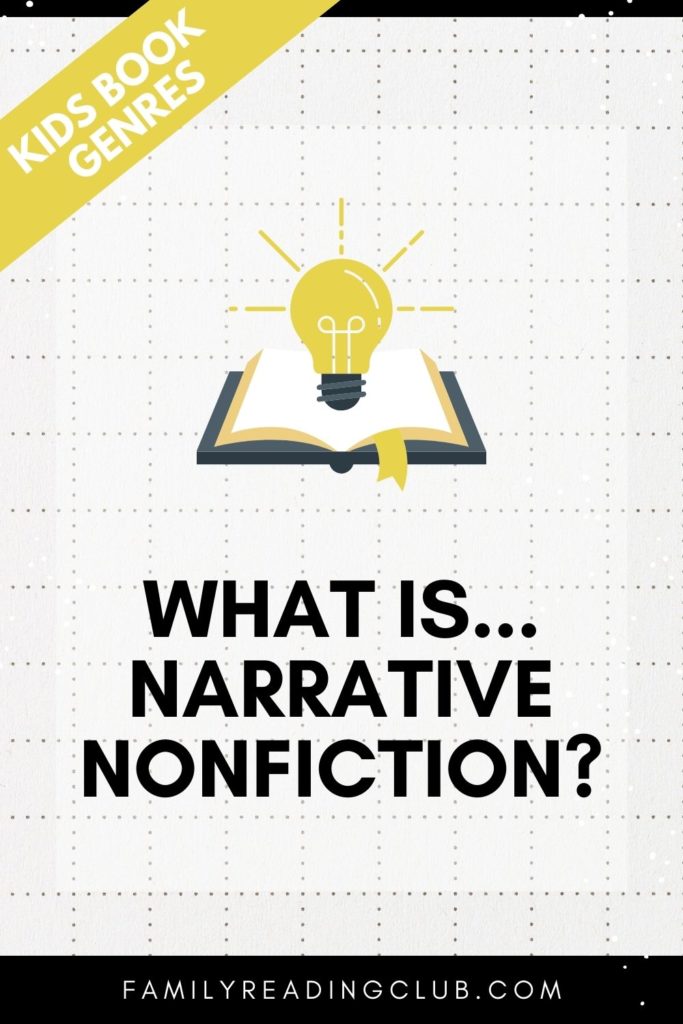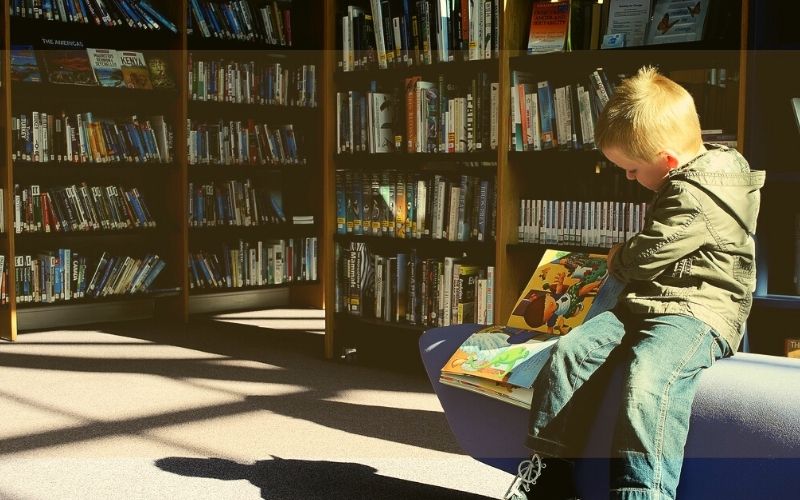
What is Narrative Nonfiction? | Kids Book Genres Explained
This is the first post in a series explaining popular kids book genres, how to find them in the library, and recommended reads.
If you’ve never heard of narrative nonfiction before, it’s a shorthand way of describing books written using factual information in the style of a fiction book.
The more in-depth explanation is:
What is narrative nonfiction?
Narrative nonfiction is a subset of the creative nonfiction genre. Creative nonfiction is a factual story told in the style of a fictional one. Usually this means it’s factually accurate, but written in a way similar to a fiction book, with a protagonist (or two!), a defined story arc, and a less technical or academic style of writing.
Narrative nonfiction books are written to entertain AND educate, which makes them a great way to introduce a historical topic to kids as they’re usually more fun to read than regular expository texts.
(Expository texts are informative books written using facts, but are solely meant to educate. They’re not boring, but they’re not structured the same as narrative nonfiction books are and so they can be rather dry sometimes.)
*This post contains affiliate links. Read our full disclosure policy here.

What about historical fiction?
There’s some overlap between narrative nonfiction and historical fiction, but the goals of each genre are different. Historical fiction is a totally fictional story written from research, and often have some creative fudging of facts. Narrative nonfiction is focused on presenting facts in a narrative format, with little to no fudging.
An example would be Avi’s (amazing!) Newbery Award Honor book The True Confessions of Charlotte Doyle, a historical fiction book set in 1832. It’s full of well-researched facts about life in America and England at that time, as well as life on the sea, but Charlotte is a fictional character and none of those events actually happened as shown in the book.
A quick way to tell the difference between narrative nonfiction and historical fiction is by checking which section you’re in. Narrative nonfiction is always found in the Nonfiction section (under the corresponding Dewey Decimal number for the topic it covers), while historical fiction is always shelved in Fiction.
Adding narrative nonfiction to your reading
It’s important for kids to read a good mix of fiction and nonfiction books, particularly when they’re still in school. It helps to develop vocabulary and reading comprehension skills, and can be a fun way to keep learning new things. Since narrative nonfiction is MEANT to be entertaining as well as informative, it also tends to be more exciting to read.
There’s a wide range of narrative nonfiction books for readers at every age (even adults!) and for every kind of topic a reader might be interested in. That said, I recommend pulling a few narrative nonfiction books based on topics your reader is already interested in, and add one or two checkouts to your library visits.
A fun idea would be to check out a narrative nonfiction book and an expository book on the same topic, to compare how each author handles the same subject. These are sometimes called “book pairings,” and I have a list of such book pairings available here!
Finding narrative nonfiction in the library
Narrative nonfiction (usually) isn’t separated out from the rest of the nonfiction section, so you’ll find it mixed in with the other nonfiction books. Try looking around the sections that have topics your kids are interested in. The books with thicker spines tend to be chapter books, a quick visual way to find the narrative nonfiction books (though of course not all narrative nonfiction ends up being chapter books).
Stuck on where else to look? A good place to start is by browsing the Biography section! A lot of kids Biography books are also narrative nonfiction books (especially the larger chapter books), so that’s an easy way to track some down fast.
As for Young Adult readers: their narrative nonfiction have more of an overlap with adult nonfiction books for whatever reason, so don’t be afraid to dig around the adult nonfiction section as well as the teen section.
Libraries may also have a recommended reading list or even a display section that includes narrative nonfiction books. And if all else fails, ask a librarian for help!
Suggested Reading
Here’s three narrative nonfiction books to get you started:
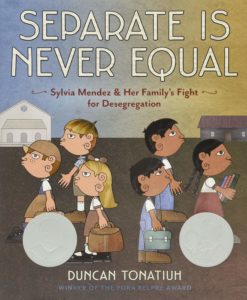
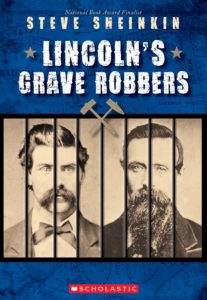
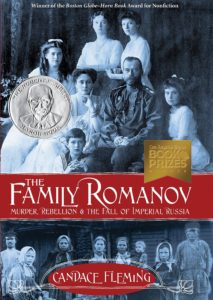
Book summary: “When her family moved to the town of Westminster, California, young Sylvia Mendez was excited about enrolling in her neighborhood school. But she and her brothers were turned away and told they had to attend the Mexican school instead. Sylvia could not understand why—she was an American citizen who spoke perfect English. Why were the children of Mexican families forced to attend a separate school? Unable to get a satisfactory answer from the school board, the Mendez family decided to take matters into its own hands and organize a lawsuit.”
Librarian notes: A classic and highly awarded picture book about a historic civil rights fights in the late 1940s. Great illustrations as well!
Lincoln’s Grave Robbers by Steve Sheinkin. Grades 5-8.
Book summary: “The action begins in October of 1875, as Secret Service agents raid the Fulton, Illinois, workshop of master counterfeiter Ben Boyd. Soon after Boyd is hauled off to prison, members of his counterfeiting ring gather in the back room of a smoky Chicago saloon to discuss how to spring their ringleader. Their plan: grab Lincoln’s body from its Springfield tomb, stash it in the sand dunes near Lake Michigan, and demand, as a ransom, the release of Ben Boyd — and $200,000 in cash.”
Librarian notes: Action-packed and very exciting, this would be great for kids who enjoy spy thrillers or historical action movies like National Treasure (2004).
The Family Romanov: Murder, Rebellion, and the Fall of Imperial Russia by Candace Fleming. Grades 8-12.
Book summary: “Here is the tumultuous, heartrending, true story of the Romanovs—at once an intimate portrait of Russia’s last royal family and a gripping account of its undoing.”
Librarian notes: Winner of the Orbis Pictus Award for Outstanding Nonfiction for Children and a perfect match for kids who are currently obsessed with the Anastasia musical.
